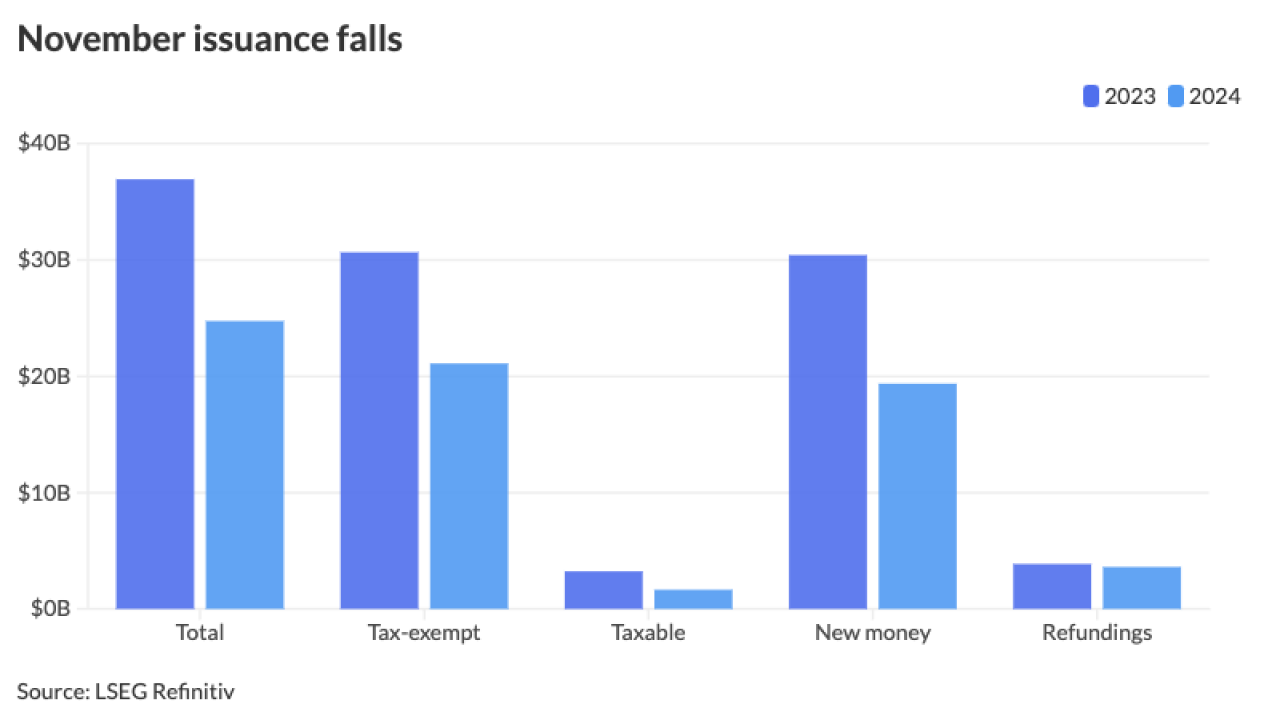DALLAS — Faced with a $14.8 million deficit to operate its six golf courses, Phoenix is considering selling or closing the public links, citing the sport’s declining popularity amid growing competition.
Arizona’s largest city is one of several across the nation struggling to make par with municipal courses.
“A national decline in golf participation, an overly saturated golf course market resulting from an explosion of new courses in Maricopa County over the past 20 years, and the economic downturn have combined to drastically drive down rounds played at all courses, including those run by Phoenix,” the city’s Parks and Recreation Department said in announcing public hearings on how to deal with the situation.
A recent city study examined the financial implications of several options for dealing with the operating deficit, including outsourcing maintenance, closing some courses, and converting others to limited-use parks.
According to the National Golf Foundation, golf courses continued to close at record rates last year. Since 2006, more than 358 have closed, a 2.4% reduction. Most of the courses closed were public. The foundation predicts 500 to 1,000 public golf courses nationwide will close within the next five years.
Despite the recent closures, the number of golf courses has grown 30% in the past 30 years, according to the foundation. During that time, the number of golfers has increased only 6.5%. As a tourist-oriented state, Arizona is inextricably linked to golf, keeping greens and fairways watered in an unforgiving desert. Phoenix has the highest number of holes played per 10,000 people in the nation at 9.7, followed by Tucson at 8.4, Philadelphia at 5.8, San Diego at 5.3 and Dallas at 4.5.
Florida remains the nation’s top golf state with 1,051 courses, followed by California with 921. According to the local study, rounds began declining in the mid-1990s, and Phoenix Golf began running annual deficits in fiscal year 1998-99. In the last fiscal year, the annual deficit of $2.4 million made the cumulative deficit $14.8 million, according to the city.
In Maricopa County, which includes Phoenix and its suburbs, the number of courses grew 33% between 1990 and 2000. To break even, Phoenix Golf would need revenue growth of 40%, far beyond the anticipated 10% in the next decade.
Of 11 cities with muni golf courses, only two achieved 100% cost recovery, according to the study. Among those was the Phoenix suburb of Glendale. Neighboring Mesa and Tempe subsidize public courses while the resort suburb of Scottsdale has no municipal course.
Other cities have considered similar options to balance their golf course budgets. A May study of San Jose, Calif., found that its oldest 18-hole muni course produced positive revenue with no debt service. Another 18-hole course, operated by a private firm, had an operating profit but a net loss with debt service included. With $26 million of lease-revenue bonds outstanding, San Jose paid $1.94 million in annual debt service in the last fiscal year.
The trends in golfing have also affected local municipal districts whose housing developments have risen around 18-hole or nine-hole courses.
In Colorado, the Poudre Tech Metropolitan District defaulted on its debt, falling six notches on the Standard & Poor’s scale to D from A-plus last spring. The 1,200-home golf course community near Greeley has $25 million of debt. The bonds, issued in 2010, were insured by Assured Guaranty Municipal Corp.
In New Jersey, a golf-related development never got off the ground after developer Encap Golf Holdings LLC defaulted on state loans and filed for bankruptcy.





